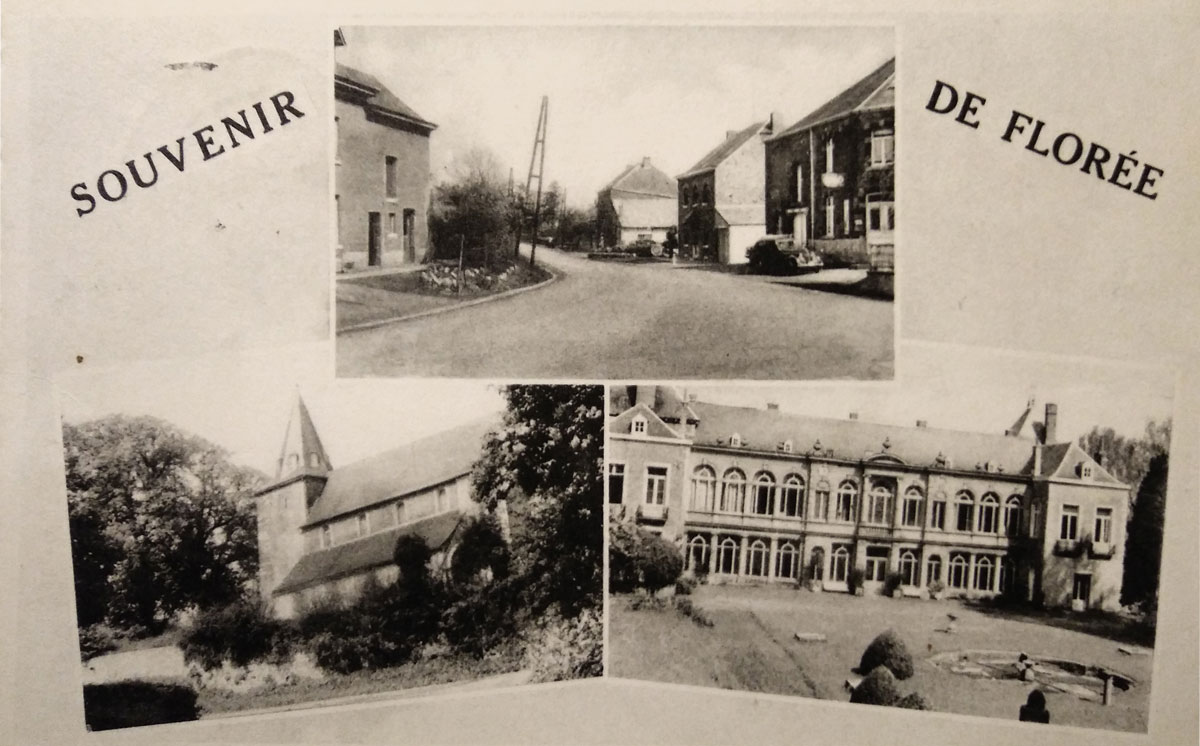Castle and natural heritage
Château de Wagnée is nestled in the middle of a beautiful park that reminds of the English parks that were in vogue in the late nineteenth century. Careful agricultural and aesthetic management, as well as forestry and hunting have, over generations, created a rural landscape where woods, meadows, crops and water blend harmoniously. Brooks, ponds, hedges, ancient trees, old walls and paths provide the prime habitat for many species such as barn owls, woodpeckers, deaf adders, purple emperors, autumn crocuses and woodland geraniums. Through careful landscape management, we aim to maintain this balance and increase the natural richness of the site. That way, the common midwife toad will continue to spice up the Wagnée nights for many years to come.
HISTORY
1611
1768

1768
1769
1804
End of XIXème century
1872

1960
1960

2016
2016

